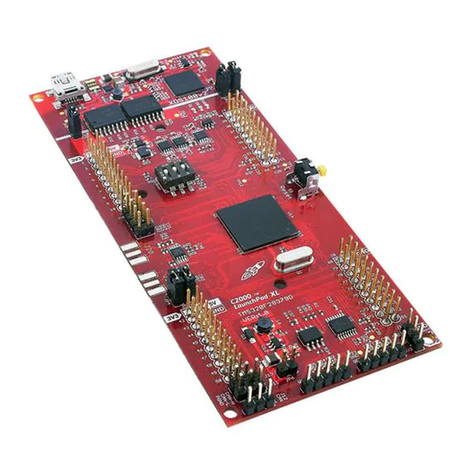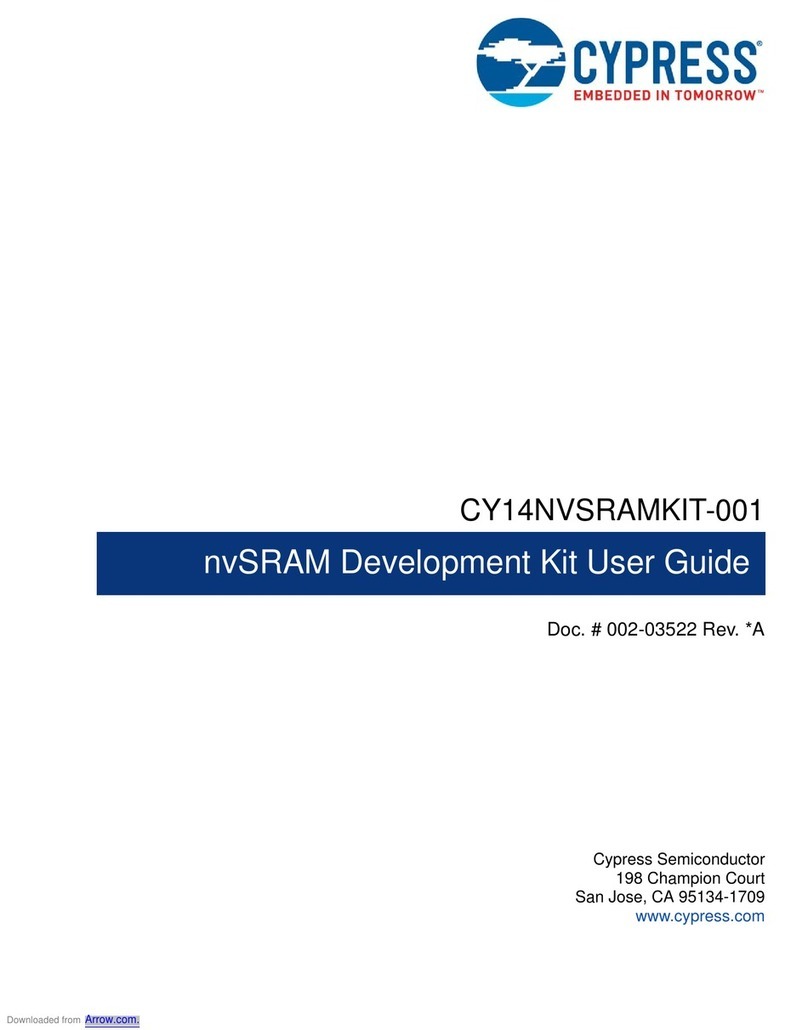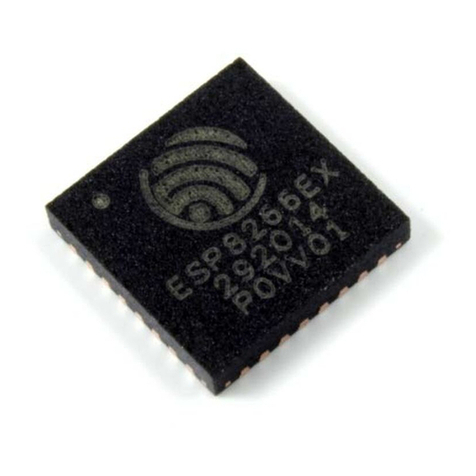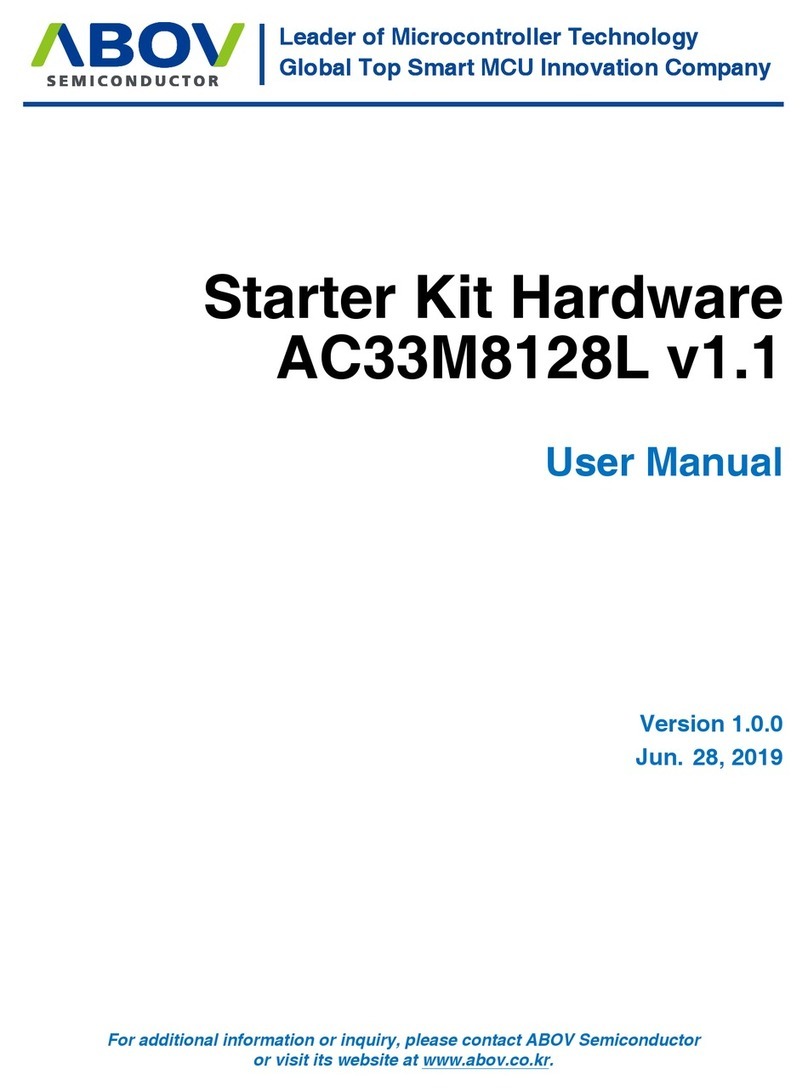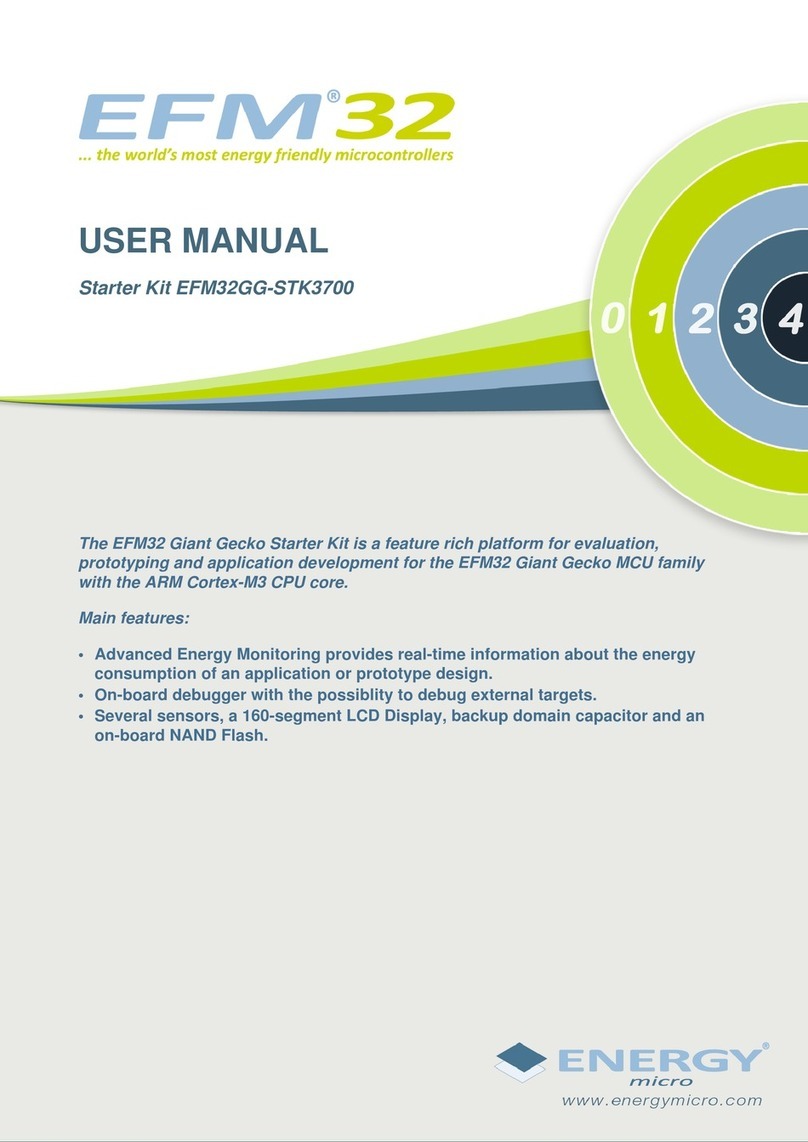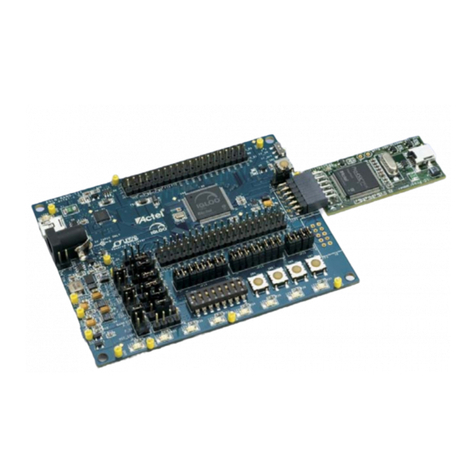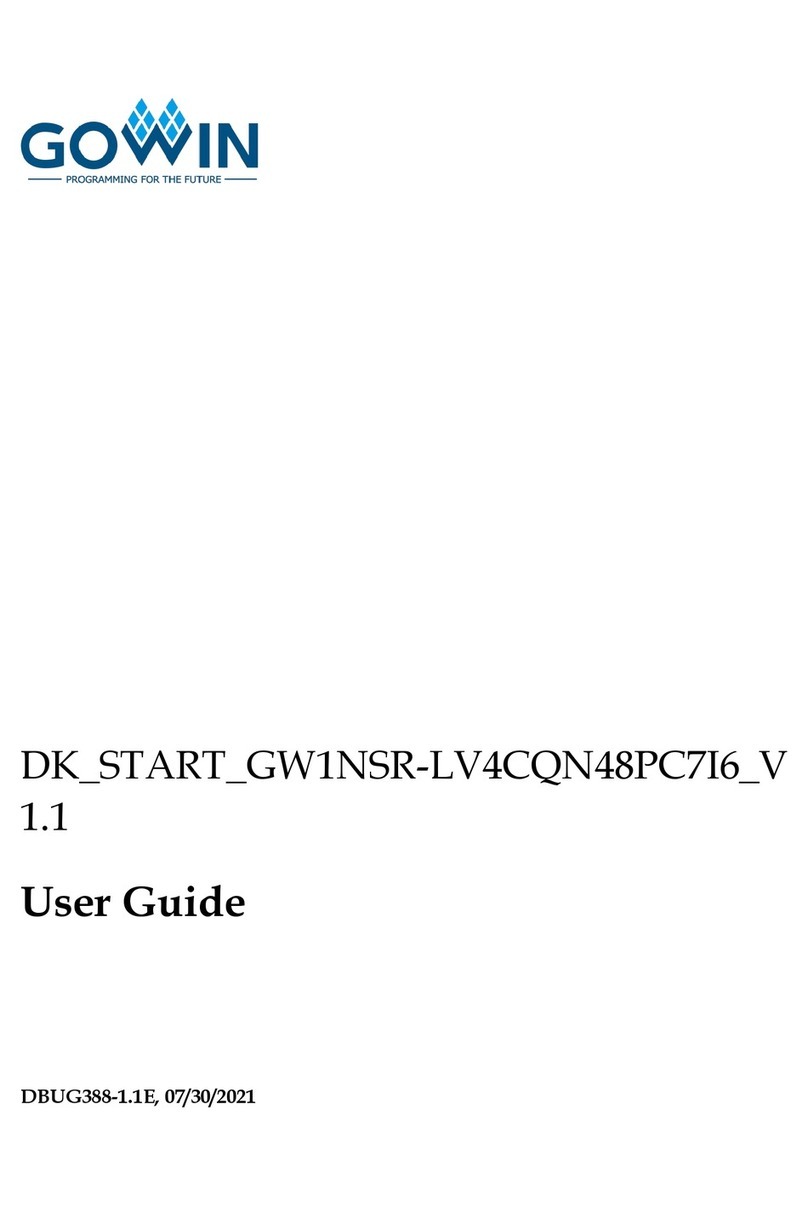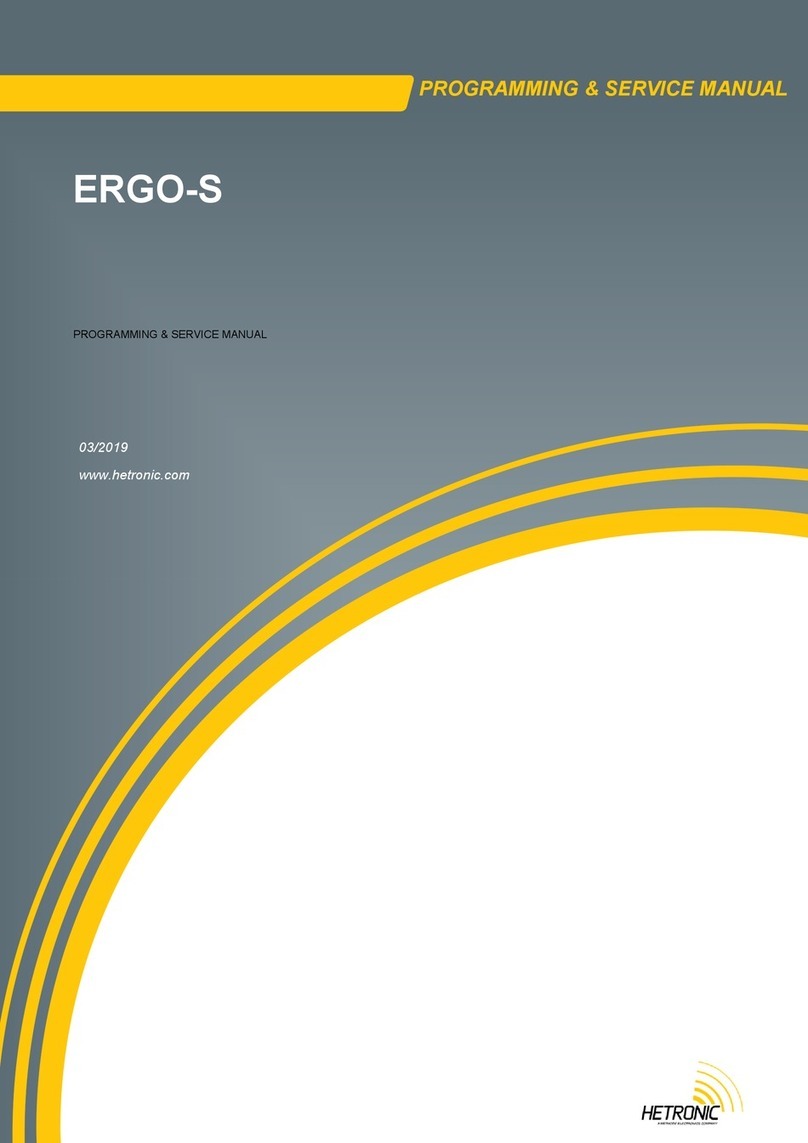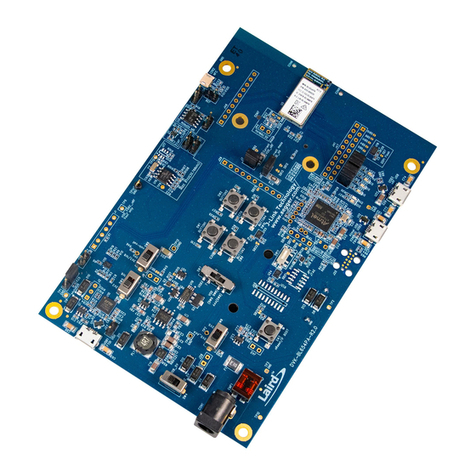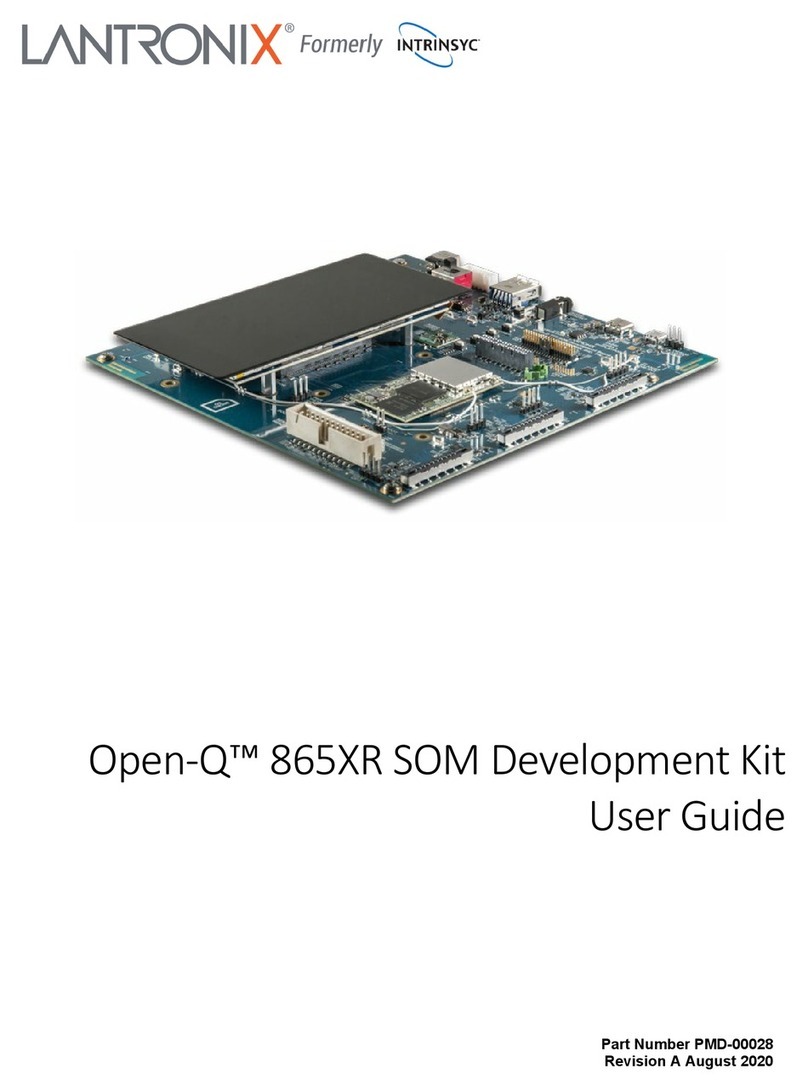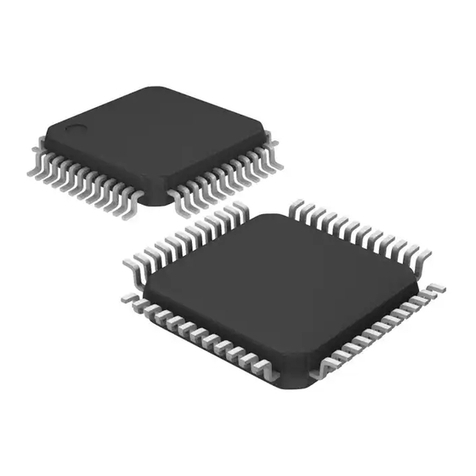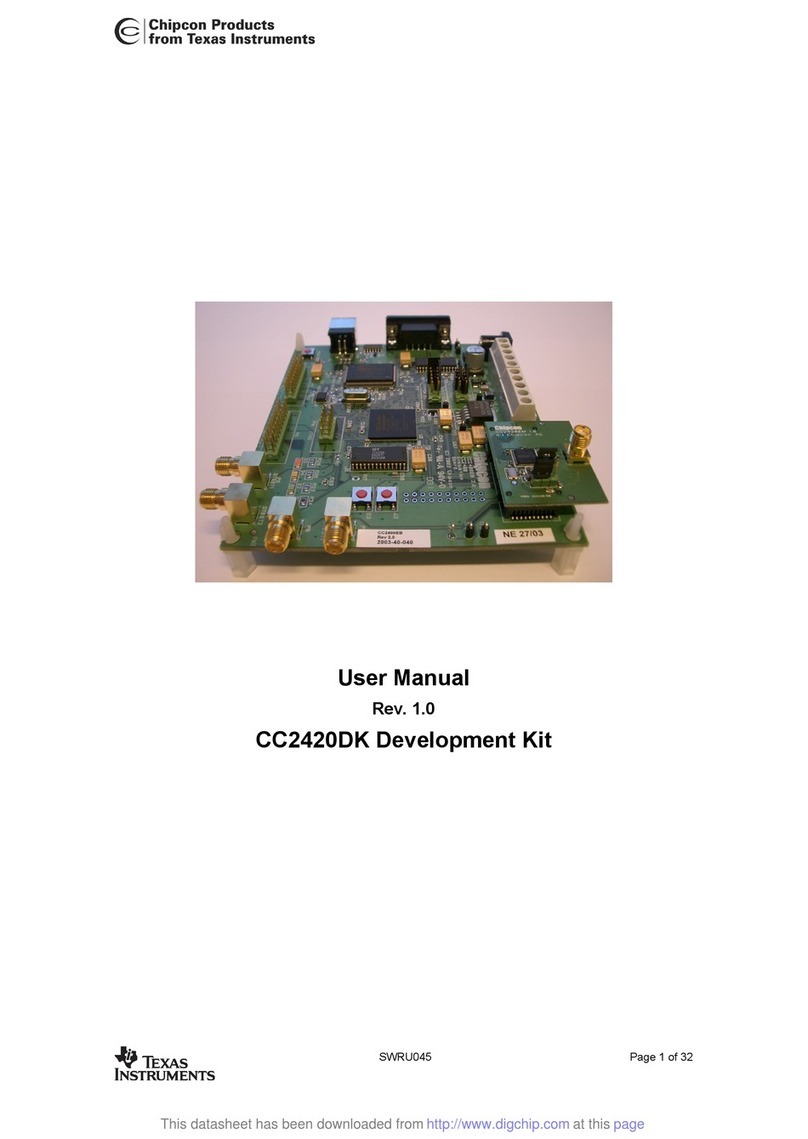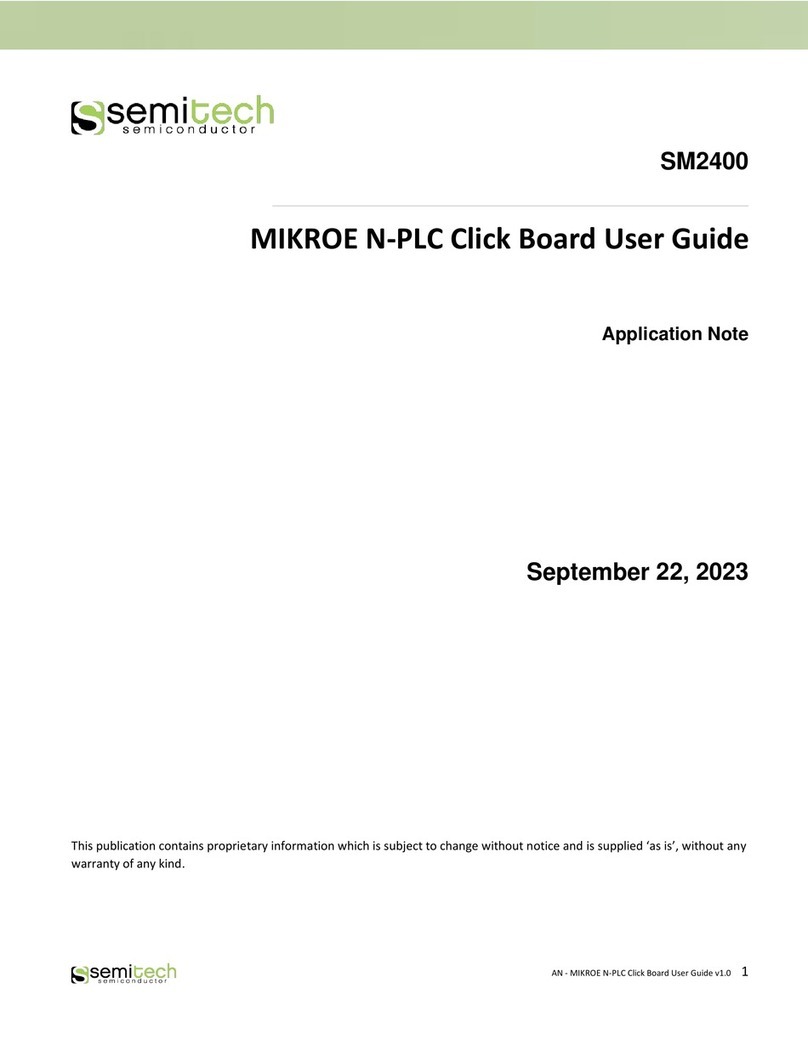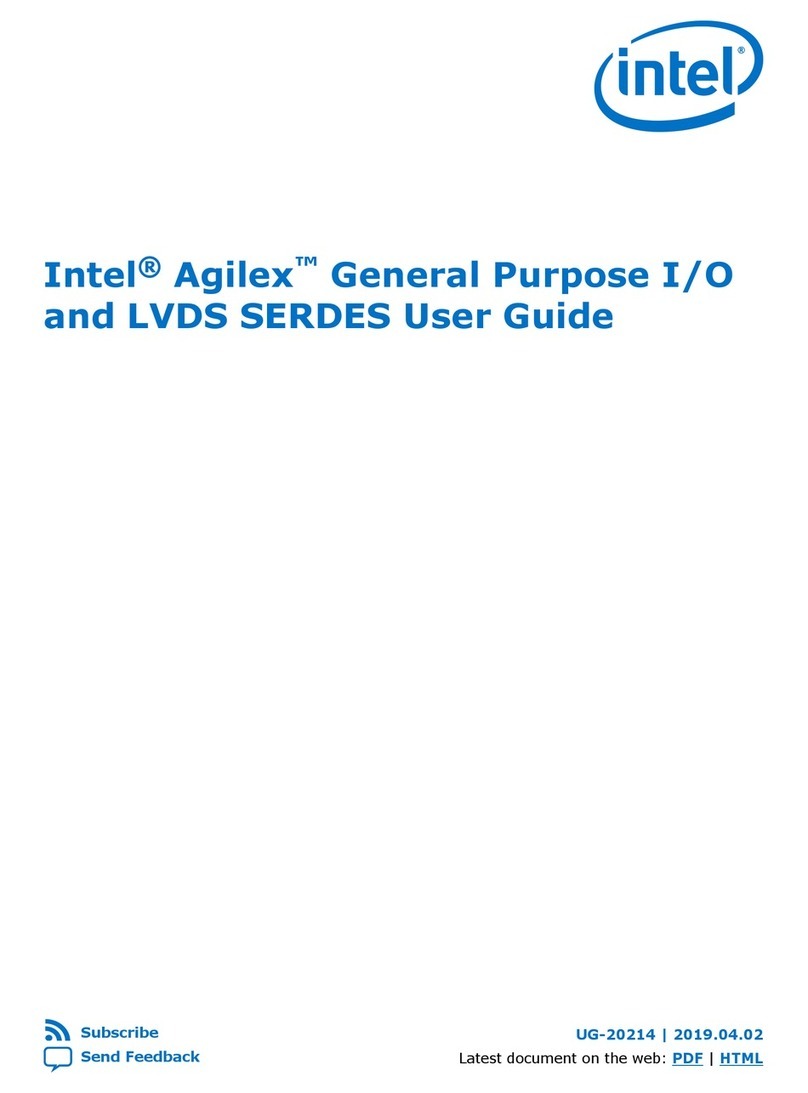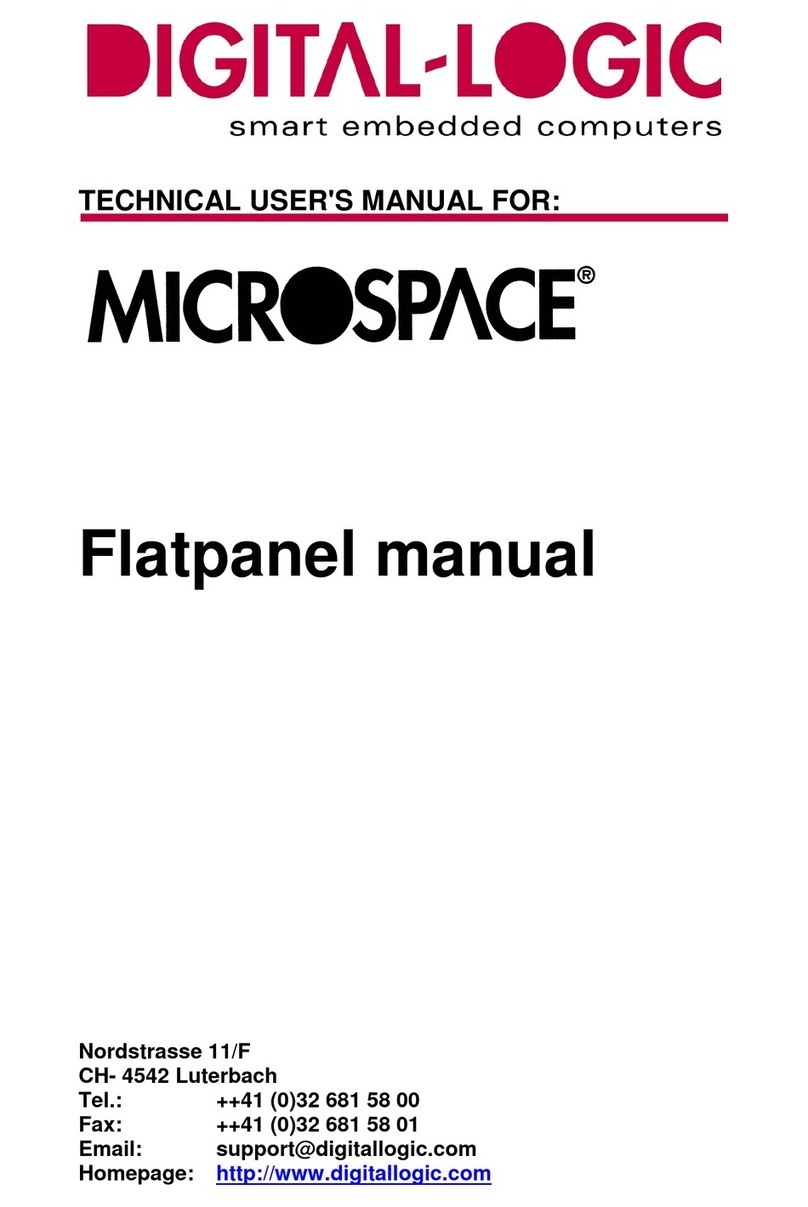
2 ST7 Addressing Modes ST7 Assembler Linker
10/92 UM0144
2.5 Immediate operands
Immediate operands permit you to input a specific value for use with an instruction. They are
signaled by the use of a sharp sign (#) before the value.
Examples:
The range for an 8-bit immediate operand is from 0 to 255.
2.6 Direct and indirect modes
A direct addressing mode means that the data byte required to do the operation is found by
its memory address, which follows the op-code.
An indirect addressing mode means that the data byte required to do the operation is found
by its memory address which is located in memory (pointer). The pointer address follows the
op-code.
This last group consists of memory indirect variants:
●short indirect (short pointed data),
●long indirect (long pointed data),
●short indirect indexed (short pointed data),
●long indirect indexed (long pointed data),
For ST7 devices, the address specified must always be in page 0 (i.e. its address must be less
than $100). Examples:
To make the distinction between short and long indirect addressing mode, the suffix.w is
specified to indicate that you want to work in long indirect mode (this is also true for indexed
addressing mode). Implicitly, if nothing is specified, the short indirect addressing mode is
assumed.
For ST7 devices, you can also use.b to specify short indirect addressing mode (as with the
indexed addressing mode).
lab08 ld A,#1 ; load A with immediate value 1
lab09 bset memory,#3 ; set bit #3 in memory location
btjt memory,#3,label ; test bit #3 of memory and
jump if true (set)
ld A,[80] ; short indirect
ld A,[80.b] ; short indirect
ld A,[80.w] ; long indirect
lab12 equ 80
ld A,([lab12],X) ; short indirect X-indexed
ld A,([lab12.b],X) ; short indirect X-indexed
ld A,([lab12.w],Y) ; long indirect Y-indexed
